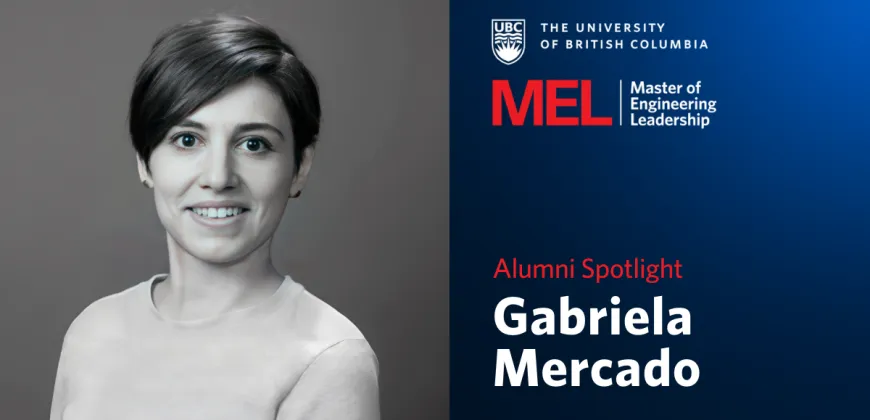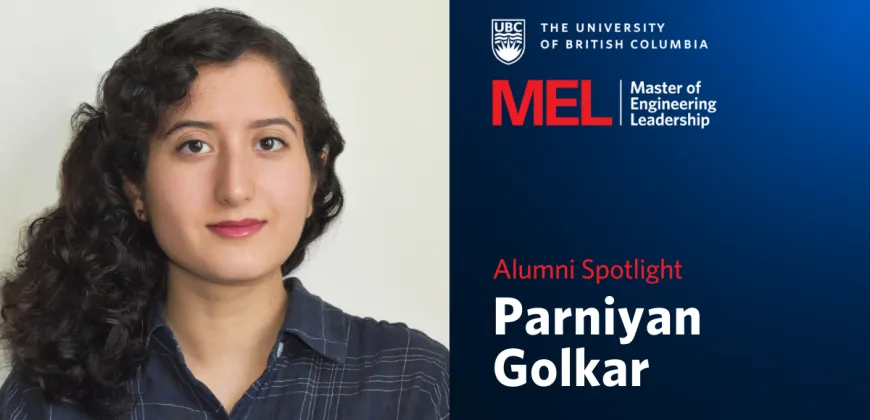Alumni Spotlight: Charles Lankester
The MEL in High Performance Buildings program was a natural extension of Charles Lankester’s professional background and passion for sustainability – and it’s enabled him to move into a career helping clients improve the energy performance of their buildings.

With a degree in mechanical engineering from the University of Costa Rica, Charles Lankester landed a position as a facilities engineer with Abbott, a global medical device manufacturer. He contributed to the operations, commissioning and design review of new and existing facilities, including optimizing processes to reduce energy and resource usage. One project, for example, involved leading the installation of a treatment plant based on ozone generation, which saved the company US$120,000 annually over a three-year period.
“Working in a big company, I saw a lot of communication issues between the technical and business teams,” he says. “It was sometimes frustrating to be asked to optimize processes for buildings that had been designed without taking into full account the local environmental contexts. There is only so much you can do after the fact. I also realized how important it is for engineers to be able to speak the language of business: if you were pitching an optimization project to management, you had a better chance of success if you presented the business case for bottom-line returns.”
While Charles considered an MBA as a path to advancing his career, he saw UBC’s Master of Engineering Leadership (MEL) in High Performance Buildings as a much a better fit. The interdisciplinary program – with its combination of technical and business classes – would enable him to enhance his business knowledge while maintaining his identity as an engineer. “I am an engineer and I want to do engineering work,” he says.
Learning to think like an architect
About 60 per cent of the classes in the MEL are technical in nature, and these are roughly divided into engineering courses on energy modelling and design and architectural courses on green building design. The concepts explored in the engineering courses were, not surprisingly, very familiar to Charles given his experience in the field.
He says the classes that really stood out were those with an architectural focus, and in particular the class on regenerative design.
“I’d not thought before about how architects can regenerate a building or community, or strategies for designing buildings to meet the diverse needs of users and the community. As an engineer, you’re given the blueprints for the project and generally that’s it. Getting to know how architects think and make decisions would make it easier to have conversations with them earlier in the design process.”
The MEL’s capstone projects allow enabled students to bring together their coursework and approach challenges from an integrated perspective. One capstone project asked students to propose solutions to retrofit UBC’s Lasserre Building (home to the School of Architecture and Landscape Architecture) so that the 1970s structure could meet current energy performance standards. “We had to dig to get actual data on energy performance and then propose changes. You can bring older buildings to net zero, but the costs really do spike.”
Case studies focus on business strategy
MEL students spend about 40 per cent of their time immersed in classes offered by UBC Sauder’s Robert H. Lee Graduate School. Charles says that he found the business boot camp – an intense four-week class offered in the summer – to be an excellent overview of key business concepts.
He particularly enjoyed the use of real-world business cases throughout the classes, which encouraged students to think about issues from multiple perspectives. “We looked at the Apple Watch, for instance, and had to decide if we’d keep investing in it if we were Apple CEO Tim Cook. The case studies were eye-openers on how business decisions are made.”
New role aligned with his values
Over the course of the 12-month program, Charles completed two internships – as an energy modeller and as a UBC Sustainability Scholar. After graduating in December 2018, he began working as an Energy Analyst for Energy Profiles, an engineering firm that works with clients across North America to help them reduce energy and water use and associated costs. It’s a position that aligns with his sustainability values and allows him to apply his expertise in helping clients make a difference.
“The MEL definitely opened new doors and opportunities for me,” he says. “I also liked getting to know my MEL classmates, who were from all over the world. It was interesting to compare the influences that have shaped us.”
–
Take the steps to join the next cohort of engineering leaders. If you haven’t already, assess your eligibility and sign up for the upcoming information session to learn how to submit a strong application. Learn more about this innovative master’s program:



